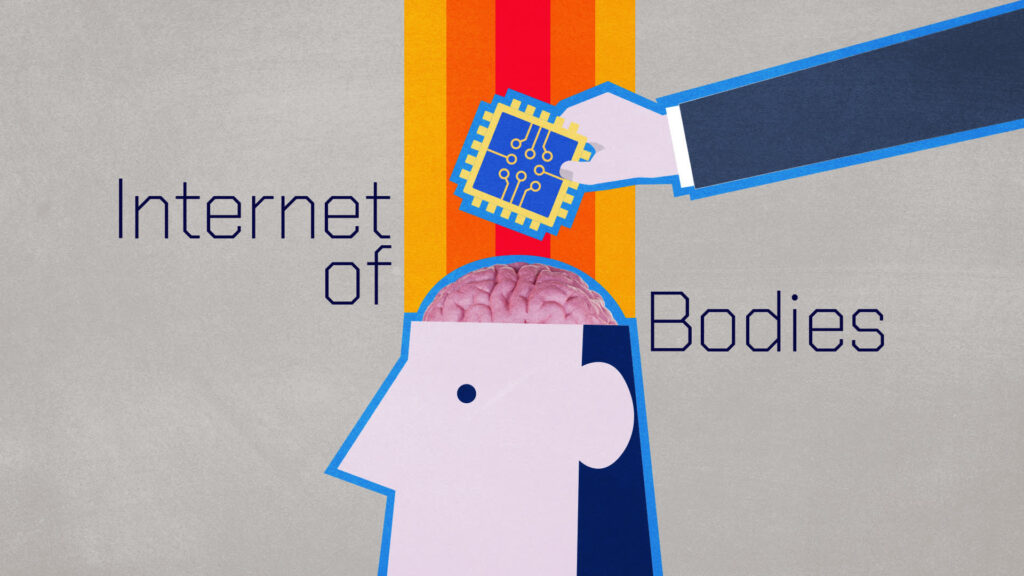The next generation of the “Internet of Bodies” (IOB) could bring technological devices and the human body closer than ever before.
Andrea M. Matwiszyn, a scholar and author who coined the term in 2016, describes it as “a network of the human body whose integrity and functionality is at least partially dependent on the internet and related technologies, such as artificial intelligence.”
According to market research firm Mordor Intelligence, the global connected medical device market alone is expected to be worth approximately $66 billion in 2024 and reach more than $132 billion by 2029.
Matwyshyn divided IOBs into three categories based on the device's level of integration.
The first category is external. First generation technologies like smartwatches and smart rings have become the mainstream way to track steps and heart rate. Smart glasses that can act as a camera, headphones, and monitor are one example of an early IOB device.
The second generation are implantable devices. These are devices that are ingested or placed inside the body. Think pacemakers with digital implants, smart prosthetic limbs that are embedded into the patient's nerves or muscles, or even digital pills that transmit medical data after being swallowed.
Finally, there is the third generation: these devices will completely blend with the body while maintaining a real-time connection with external machines and the Internet.
One of the hottest companies in this field is Elon Musk's Neuralink, which is developing a brain-computer interface (BCI) called “Link,” a coin-sized chip implanted under the skull that can read a person's brain signals and control external machines.
Proponents of IOB are excited about the advances it could make, especially in healthcare, but many, including Matwyshyn from the original paper, have privacy and ethical concerns.
“As bits and bodies merge, as human flesh becomes permanently entangled with hardware, software and algorithms, IOBs will test our norms and values as a society,” she writes.
“In particular, it will call into question notions of human autonomy and self-governance.”

